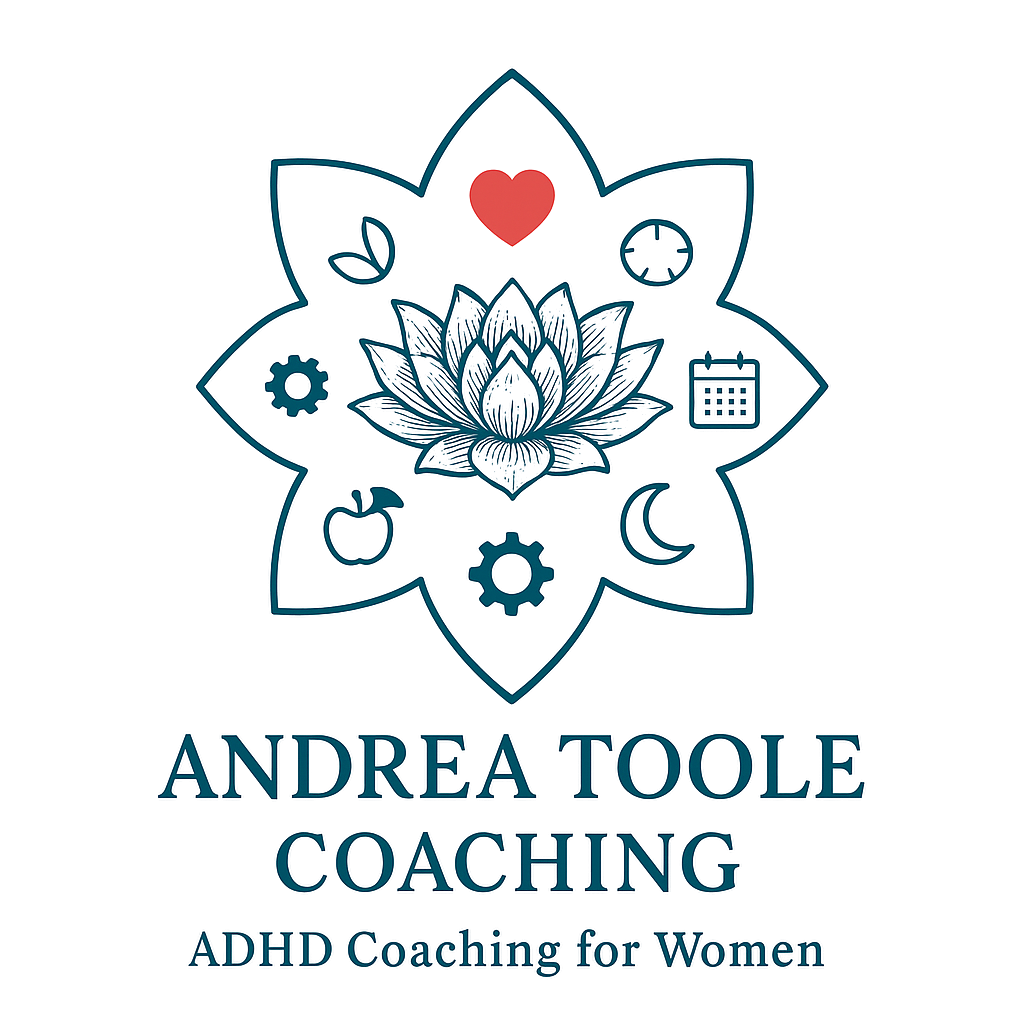Your Brain Is Not Broken. It’s Ready for Rewiring.
Neuroscience strategies for high-functioning women with ADHD who want calm, confidence, and clarity
Have you ever thought, “Why do I keep falling into the same patterns, even when I know better?” You’re not alone—and there’s a reason for it. If you're stuck in cycles that drain you, there's solid science behind what's happening.
Dr. Joe Dispenza teaches that our brains get stuck in loops: thoughts trigger emotions, emotions reinforce behaviours, and behaviours shape our identity. While his work focuses on general brain science and transformation, this loop plays out uniquely for ADHD brains—and it’s not about lack of discipline. It’s about survival.
For women with ADHD who appear high-functioning but feel overwhelmed and who’ve been masking for decades, those loops often look like:
People-pleasing out of fear of being “too much”
Thriving on urgency and adrenaline—until you burn out
Creating brilliant plans you never execute, then blaming yourself for it
Does any of this sound familiar? Put a finger down if:
You set goals… and stall.
You get clear… and then spiral.
You start something with energy… only to fizzle out.
The cycle isn’t your fault. But it is changeable. So what’s really going on?
The ADHD brain and the pattern of survival
ADHD is a neurodevelopmental condition, not a character flaw. But it affects:
Emotional regulation
Executive functioning
Nervous system sensitivity
When you’ve internalized the need to appear competent at all costs, your brain associates calm with danger and chaos with familiarity. It’s not just mental, it’s biological. Studies on ADHD and emotional dysregulation show that our brains often default to stress-based thinking because it's what we know best.
This isn’t just theory—it’s measurable.
These patterns can feel personal, but they’re built into how the brain works, especially for ADHD brains under chronic stress.
Neuroscience shows that by age 35, 95% of our behaviour is automatic, especially in ADHD brains conditioned to mask, multitask, and overcompensate. That means only 5% of your behaviour is driven by conscious intention—unless you intervene.
For high-functioning women with ADHD, those unconscious loops often sound like:
“If I stop pushing, everything will fall apart.”
“I can’t relax until everything is perfect.”
“I have to stay ahead, or I’ll fall behind.”
You’re not broken—you’re stuck in a system your brain created to keep you safe.
But that system can be rewired.
What rewiring your ADHD brain looks like in real life
Let’s make this real. Here’s what it looks like in practice.
The Afternoon Crash
One client came to me feeling guilty about her daily afternoon crash. She’d scroll, snack, and spiral into shame. Through our work together, I taught her that downtime is a necessity and she shouldn’t feel guilty about it. She realized that masking her ADHD all morning through overperforming, overthinking, and staying “on” left her mentally exhausted. She needed downtime.
We added a 10-minute mid-day reset (movement, breathwork, and transition cues). Her energy levelled out, and she stopped dreading 2 p.m.
The Focus Loop
One of my first clients couldn’t understand why she kept abandoning her routines. We uncovered an identity conflict: her brain associated structure with failure. Together, we reframed structure as support. She developed a three-step end-of-day ritual that helped her transition from stress mode. After two weeks, she reported sleeping better and waking up with clarity instead of dread.
These aren’t coping tools. They’re nervous system shifts that help the brain feel safe enough to change.
ADHD isn’t a deficit, it’s a different operating system
I’m a tech nerd, so I like computer analogies.
The goal isn’t to become “normal.” It’s to build a life that works with your brain, not against it.What you’re experiencing might not even be about your ADHD; it might be your personality. The tendency people have to pathologize every quirk and trait concerns me. People fear being “not normal,” but what is “normal”?
Creating that life where all parts of you are integrated and you feel normal might mean:
90-minute deep focus windows followed by unscheduled space
Journaling to re-center during emotional spirals
Pre-deciding how you’ll handle familiar derailers (like overscheduling or decision fatigue)
When your ADHD brain learns a working pattern, it will reinforce it automatically. The pattern needs to start with safety, clarity, and support.
What to expect when you start this work
This isn’t a one-week transformation. It’s a shift in how you relate to your brain.
Expect:
✅ Awareness before action
✅ Emotional resistance as old patterns surface
✅ Small wins that build new self-trust
✅ Breakthroughs that feel suspiciously like ease
It’s not always easy, but it is worth it. Because once you understand what your brain needs, the guesswork ends. You stop fighting yourself and start designing your life with intention.
Final thought: ADHD focus is a skill you can train
ADHD isn’t a flaw, it’s a brain function that can be optimized. By applying neuroscience-based strategies, you’ll rewire your brain for clarity, focus, and sustainable success.
Want to uncover what’s keeping you stuck?
In our free strategy session, we’ll pinpoint three specific patterns keeping you in survival mode and how to start interrupting them with targeted, brain-friendly strategies.
Ready for a deeper transformation?
My high-tier ADHD coaching includes an exclusive workbook and deep coaching designed to uncover the patterns driving your overwhelm and build personalized strategies that work. You’ll stop spinning in insight and start taking aligned action.
Request an invite to the high-tier experience and learn how to rebuild your foundation, without burning out.

